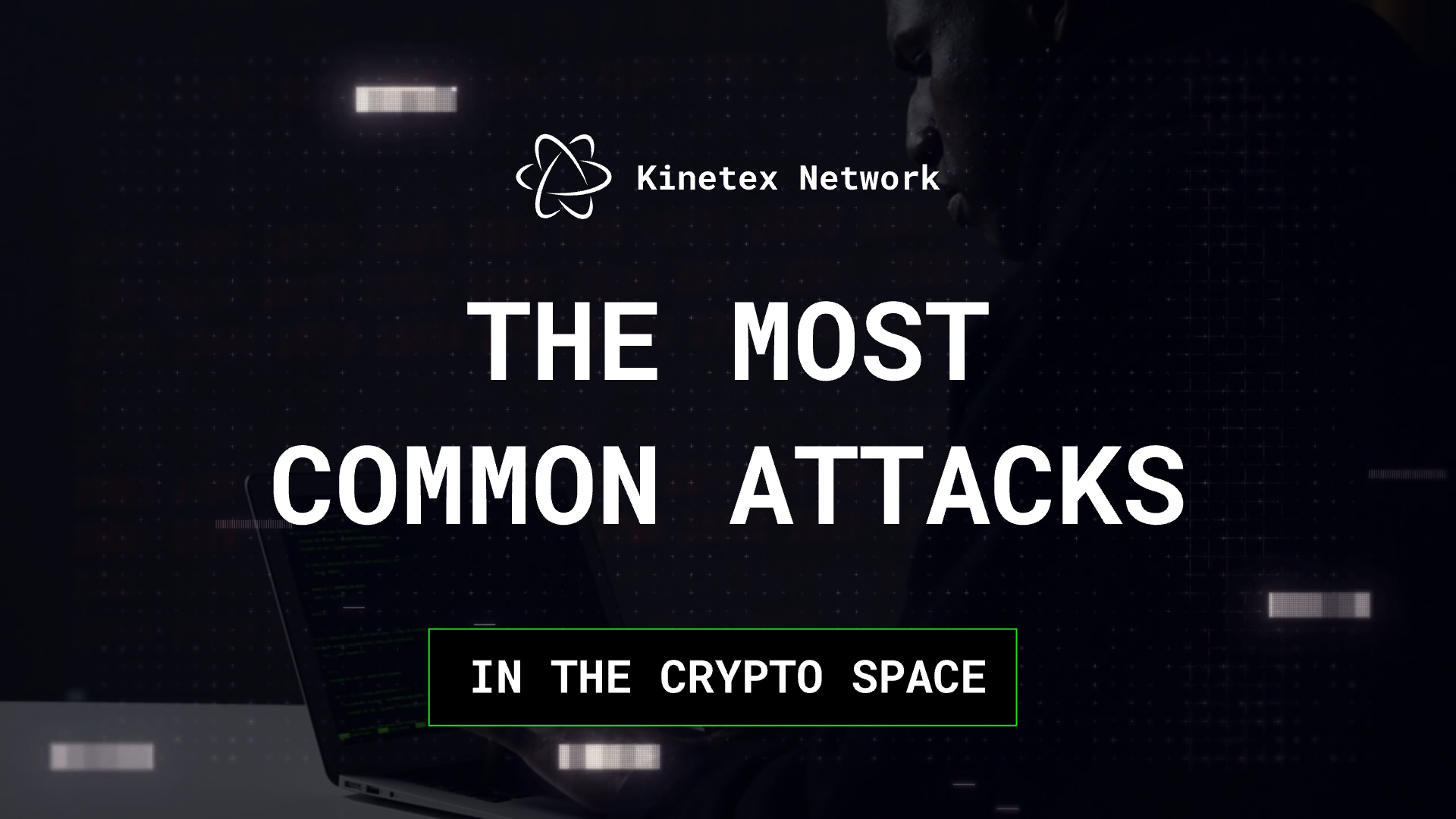The Most Widespread Crypto Attacks
Dubai, UAE, 10th May 2024, In the fast-paced and constantly evolving world of cryptocurrency, the possibility of cyberattacks is a considerable concern. Because of their decentralization and anonymity, crypto products and assets are attractive targets for hackers who are always ready to exploit security vulnerabilities or users’ inexperience or naivety. As the financial stakes keep rising after the value of crypto assets, cybercriminals continue to find new schemes and ways to steal funds from users of projects. Let’s look at some of the most widespread attacks.

Phishing
Phishing attacks are a prevalent and dangerous threat in the cryptocurrency world. During these attacks, malicious individuals utilize fraudulent emails, messages, or websites that imitate legitimate projects. The primary aim of these attacks is to deceive users and trick them into revealing sensitive information such as login credentials, private keys, or seed phrases, which can then be exploited to access funds to steal them. So, users should always remain alert to safeguard themselves against these attacks.
Attacks Using Software
Other widespread attacks are software-related. By using harmful software that can infiltrate computers and mobile devices, hackers are able to obtain access to private information, which can then be used for ransom, or to funds straight away. Another form of malicious software-based attack is cryptojacking, which involves infecting a device with malware that mines cryptocurrency without the owner’s knowledge. This way, hackers can make profits without spending their resources. Moreover, victims of cryptojacking may not immediately realize that their device has been compromised, which makes this type of attack more concerning.
Smart Contract Exploits
Another set of attacks targets smart contracts. Due to human factors, coding errors and other security vulnerabilities are occasionally found, even in the most respected and well-liked projects. Hackers analyze smart contracts in hopes of finding and using developers’ mistakes to their advantage. These attacks include draining funds from wallets and dApps, executing reentrancy attacks, manipulating asset prices, and more.
Dusting Attack
A dusting attack is the fourth crypto attack, which is quite widespread and can lead to many other threats. This attack involves a hacker sending small amounts of cryptocurrency (known as “dust”) to specific addresses in order to expose their owners’ identities and wallets. Identifying a dusting attack can be challenging since it may resemble the remaining cryptocurrency from previous transactions. This means that victims can unwittingly assist the attacker by spending these assets, providing the attacker with a complete list of transactions and corresponding destination addresses. Attackers can then use this data to their advantage, including stealing assets.
Control Exploits
Two types of attacks that may be used together are the Sybil attack and the 51% attack. A Sybil attack uses multiple accounts on a network to gain control of it. This attack aims to overpower honest nodes in the blockchain network, allowing the attacker to manipulate it. A 51% attack is similar but involves a group of node holders instead of one individual with several accounts. This group obtains control over more than half of the network’s mining hash rate, thus being able to manipulate transactions or compromise the blockchain’s performance in other ways.
Ponzi Schemes and Scams
Ponzi schemes and investment scams are other threats common within the crypto landscape. Cybercriminals make promises of unrealistic returns on investment, tempting hopeful and amateur investors with substantial and almost instantaneous financial gains. Often posing as legitimate investing companies or up-and-coming crypto projects, these fraudulent entities eventually leave investors with significant financial losses, even if, at first, they enable their victims to make some profits.
Conclusion
Various attacks not only cause major losses for crypto users and projects but also have a broader negative effect on the industry as a whole. They damage confidence in decentralized finance platforms and applications and their security, thus hindering the growth and well-being of the DeFi industry and the mass adoption of crypto. It is essential to recognize the most common types of attacks in the crypto world and promptly adopt preventative security measures to mitigate these dangers and uphold the credibility of cryptocurrency products and services.
Kinetex Network: Website | Kinetex dApp | Blog
More News
View More




Recent Quotes
View More
Quotes delayed at least 20 minutes.
By accessing this page, you agree to the Privacy Policy and Terms Of Service.